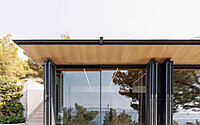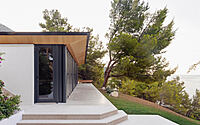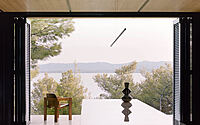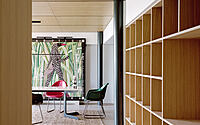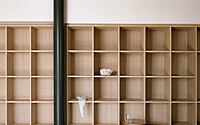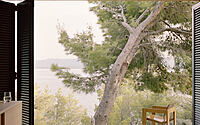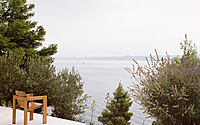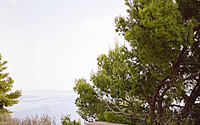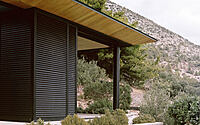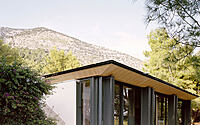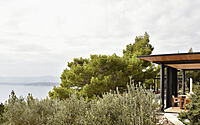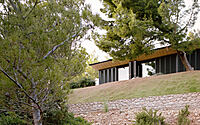Sea House by Studio Bressan
Sea House, a seafront house in Dalmatia, Croatia, designed by Studio Bressan in 2021, is a modern masterpiece blending with the surrounding nature.
The property includes pre-existing buildings, a guest house, living space and outdoor areas that enhance the usability of the existing buildings. The unique location in Croatia and the characteristics of the buildings provide a perfect opportunity to admire the magnificent landscape, with the glass screens and metal blinds providing a hermetic protection of the built volume. The outdoor areas include a pool and a Pergola Velarium, a flexible structure that adapts to the climatic conditions throughout the day, making Sea House an ideal place to enjoy the beauty of Dalmatia.


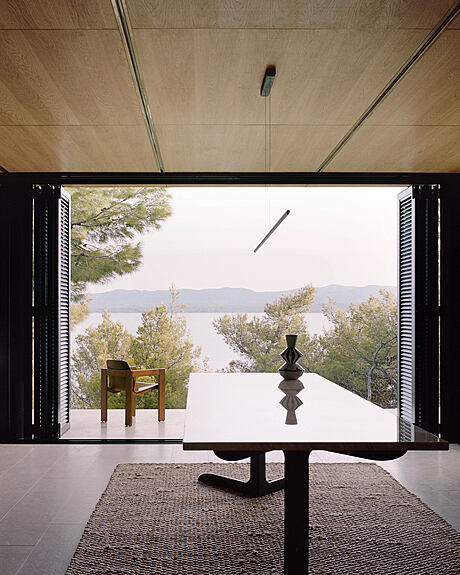
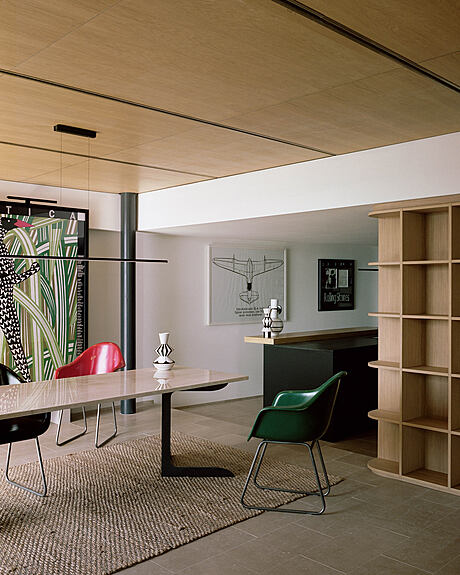

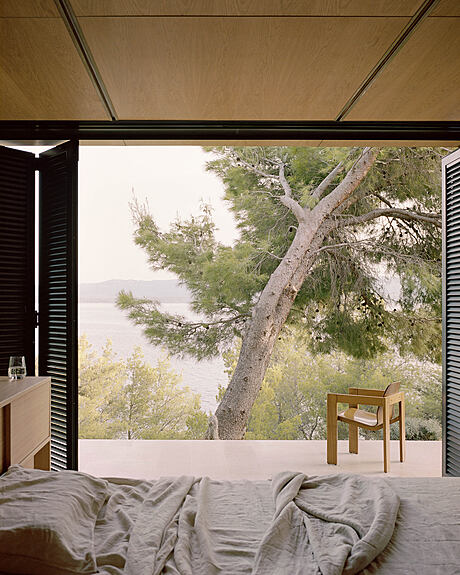
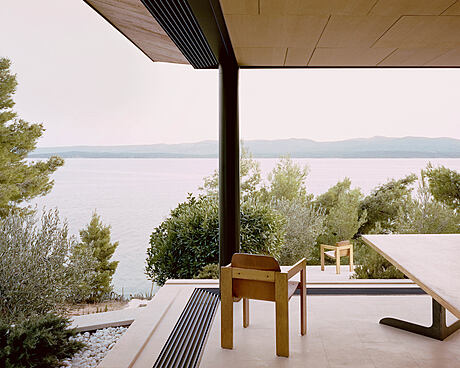
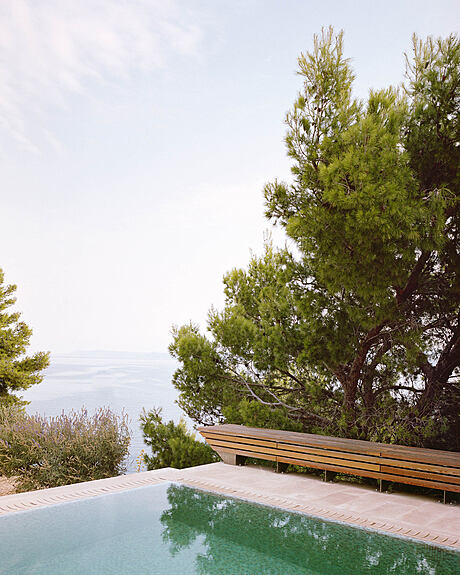

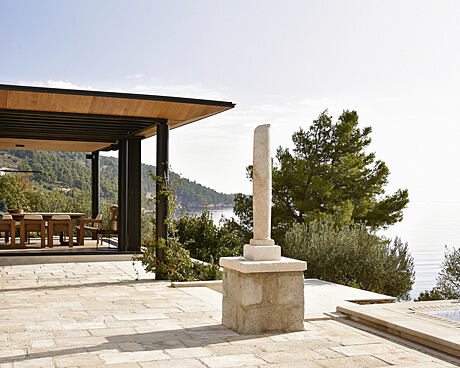

About Sea House
The project area is located on a rocky coastline in Croatia and develops along a slope that descends from the mountain, where the property’s access is located, to the private beach with crystalline water.
The design choices for this project were determined by the site’s peculiarities and the pre-existing building. The client’s request was to integrate a guest house and a living space into a pre-existing rural stone house and to develop the interior design of those two spaces.
The new buildings are presented as glass screens, defined by only a few essential lines that aim to blend with the surrounding nature and at the same time open to the sea, enhancing the panoramic view of the landscape.
From the outside, the site is configured as a village made of small buildings that function together. All of them are located around the original Dalmatian-style house, the heart of the whole settlement.
The new parts aim to improve the usability of the existing buildings without being visually contrasting with the surrounding environment. This is achieved through the use of local resources such as stone, as well as new materials like steel and glass.
A terraced composition of staggered levels allows for optimal use of the spaces and the section design enhances the articulation of the works. A synergy between the volumes is created in both their plan and spatial development.
Guest House
The guest house is subtly integrated into the landscape, with thick underlying vegetation from the pine forest embracing and masking the entire building.
Built below the ground level of the original house, the building is invisible despite its large size. From the underlying forest and the sea, the guest house is perceived as a light roof, a shadow among the branches of the trees. From inside the building, you can contemplate the vast horizon and magnificent landscape.
The glass screens are protected by a system of folding metal blinds which, when opened, ensure maximum visual permeability between inside and outside. When closed, they guarantee the hermetic protection of the built volume.
Infinite Living
Infinite Living is a space designed to be a meeting point, characterized by simple and elegant lines.
The main characteristic of this architecture is its openness towards the landscape. Large sliding windows provide a continuum between the inside and outside, which is further enhanced by the materials that show the external parts as extensions of the interior.
The horizontal course of the design is inspired by the sea line, connecting the architecture with the landscape. The roof appears to be a sail over the horizon.
Outdoor Areas
The common external areas were subjected to spatial reorganization. A new bench was designed to be located around the existing pool, characterized by a wide depth that can serve as a balustrade or deckchair after a swim.
Another element present is the Pergola Velarium, consisting of two tangent closed metal shapes: one is the support bridge structure, the other is the horizontal shading plane. The four sides are sliding veils that seem to fluctuate, blocking the summer sun while providing privacy from prying eyes, but still able to be opened towards the surrounding landscape. The veiled ceiling consists of a horizontal roller blind that protects from the zenithal sun or night humidity. Velarium is a flexible structure that adapts to the changing climatic conditions throughout the day, allowing one to enjoy a refreshing daytime shade or the starry night sky while lying on a comfortable sofa: a real open-air lounge.
Photography by Simone Bossi
Visit Studio Bressan
- by Matt Watts